30 Best Chinese Logo Design Ideas You Should Check

Source: 单 一帆 , 久席 品牌形象设计, Behance, https://www.behance.net/gallery/102569757/_
Welcome to a vibrant exploration of Chinese logo design, where tradition meets contemporary aesthetics! In today's global market, the visual appeal of a brand is crucial, and integrating cultural elements can set a design apart. This article delves into some of the most innovative and inspiring Chinese logo design ideas that blend ancient symbolism with modern design principles. Whether you're a budding designer or a seasoned marketer, these ideas will spark your creativity and help you understand the nuances of incorporating Chinese cultural symbols in a way that resonates with both local and international audiences.
Get ready to discover how dragons, phoenixes, and intricate calligraphy are being transformed into stunning logo designs that tell a story and create a lasting impact. Join us as we unveil the top picks that embody the spirit of Chinese aesthetics and craftsmanship in logo creation!
Chinese Logo Design Ideas

Source: Will Wang, Drawshine Cosmetic, Behance, https://www.behance.net/gallery/123402245/Brand-Design-DRAWSHINE-COSMETIC

Source: Ten Ten Studio, Bao Bao Chinese Diner, Behance, https://www.behance.net/gallery/164192659/Bao-Bao-Chinese-Diner

Source: 士 Shih Lin, Yin Tea, Behance, https://www.behance.net/gallery/47773247/YIN-TEA

Source: 韓 林樸, 自然造物 × 韩翎朴, Behance, https://www.behance.net/gallery/120341893/-Chinese-folk-culture-Brand

Source: Xiaofan Li , 馨邻 Chicken Soup, Behance, https://www.behance.net/gallery/63045479/LOGO-design-for-Chinese-restaurant

Source: Kizz Lau, Galaxy Ss Cafe, Behance, https://www.behance.net/gallery/133611685/CAFE-MENU-GALAXY-SS-CAFE-2021

Source: Jacky Lo, Ching Mook Tong, Behance, https://www.behance.net/gallery/127602569/-Ching-Mook-Tong

Source: 甘 信尧, Behance, https://www.behance.net/gallery/130648711/Chinese-type-logo-design

Source: Reflex Design, YE.C 夜串, Behance, https://www.behance.net/gallery/140558041/YEC-*image

Source: Susu Shengjian Bao, Nhat Nam Vu, Behance, https://www.behance.net/gallery/135671385/SUSU-Shengjian-bao

Source: Andy Wang, Lollipot, Behance, https://www.behance.net/gallery/109286641/Lollipot

Source: Kevin Paul Santos, Feast & Fire, Behance, https://www.behance.net/gallery/106849959/Feast-Fire

Source: Serious Studio, Hong Kong Little Kitchen, Behance, https://www.behance.net/gallery/91762727/Hong-Kong-Little-Kitchen

Source: Fabian Hung, Yuande, Behance, https://www.behance.net/gallery/78685639/YUANDE-Brand-Design

Source: Cheng Yuan Chieh, Ding-Yan Food, Behance, https://www.behance.net/gallery/92144615/-Ding-Yan-Food

Source: BIBI Z, Waste Treatment, Behance, https://www.behance.net/gallery/104478083/Typeface001

Source: Blonde and Giant, Peking To-Go, Behance, https://www.behance.net/gallery/147757745/Peking-To-Go

Source: Zhenya Artemjev, Truly Fresh Logo, Dribbble, https://dribbble.com/shots/22910331-Truly-Fresh-Logo

Source: Alfred, Pinshanji , Dribbble, https://dribbble.com/shots/5638179-PINSHANJI-Chinese-Restaurant-logo

Source: Lung-Hao Chiang, Taste of Chinese Art, Behance, https://www.behance.net/gallery/85512369/Taste-of-Chinese-Art-Coffee-Visual-Identity-Design

Source: Kat Romanoff, Ho Lee Chix, Behance, https://www.behance.net/gallery/92534827/Ho-Lee-Chix-Brand-Identity

Source: Magdalene Wong, Clay Café & Restaurant, Behance, https://www.behance.net/gallery/95203039/Clay-Caf-Restaurant

Source: 小狼君 Langcer Lee, 食品包装Tea, Behance, https://www.behance.net/gallery/79273419/Tea-Packaging

Source: Leonardo Tanuwijaya, Street Food Fighter, Behance, https://www.behance.net/gallery/75606495/Street-Food-Fighter-Event-Branding

Source: Noodlemaker Wang, Du Fang Zi, Behance, https://www.behance.net/gallery/93001987/Du-Fang-Zi-BRANDING

Source: Cheng Yuan Chieh, 福香園 Fu Xiang Yuan, Behance, https://www.behance.net/gallery/90359451/-Fu-Xiang-Yuan

Source: Alen Fung, 六只手指 SIX FINGERS, Behance, https://www.behance.net/gallery/135935261/-SIX-FINGERS

Source: Thinking Room, Jiǎ Contemporary Chinese Dining, Behance, https://www.behance.net/gallery/82448845/Ji-Contemporary-Chinese-Dining

Source: 朱 大洋, 火生土, Behance, https://www.behance.net/gallery/62506707/-LOGO-DESIGNE

Source: 单 一帆 , 久席 品牌形象设计, Behance, https://www.behance.net/gallery/102569757/_
What Is Unique About Chinese Logo Design?
Diving into the world of Chinese logo design is like stepping into a vivid tapestry of colors, symbols, and history. This unique design realm offers an intricate blend of traditional values with a splash of modern creativity, making it a fascinating area of graphic design. Let's explore five points that make Chinese logo design truly stand out.
Symbolism and Deep Meaning
Unlike many Western designs that might prioritize minimalism and direct messaging, Chinese logo design often revolves around deeper symbolism rooted in the culture's rich heritage. Each symbol, whether it's a dragon, phoenix, lotus, or even specific strokes of calligraphy, carries a profound meaning. For instance, a dragon might represent power and good fortune, while bamboo can signify resilience and integrity. Designers weave these symbols into logos to communicate not just a brand identity, but also a story or a blessing.
Use of Color with Purpose
Color in Chinese logo design isn't just about aesthetics—it's steeped in symbolic meaning. Red, considered the luckiest color in Chinese culture, symbolizes joy and fortune and is omnipresent in logos, especially those that want to resonate with traditional values. Gold represents wealth and prosperity, making it another favorite. The strategic use of colors can often communicate a brand’s identity and ethos without a word.
Calligraphy as Art
The fluid, dynamic forms of Chinese calligraphy make it a popular element in logo design. Each style, from the rigidly formal to the wildly free, can convey different feelings and brand personalities. This artistic use of native script not only appeals visually but also adds a layer of cultural authenticity and elegance, making a logo memorable and distinctive.
Integration of Modern and Traditional Elements
Modern Chinese logo design thrives on the challenge of blending ancient symbols and calligraphy with contemporary aesthetics. This creates a visual dialogue between the old and the new, appealing to a broad audience. Designers might use clean, modern lines while incorporating traditional motifs, achieving a balance that respects heritage while embracing modernity.
Cultural Resonance and Global Appeal
In today’s global marketplace, Chinese logos often need to speak to both local and international audiences. Designers craft logos that uphold Chinese aesthetic principles while ensuring they are versatile and understandable globally. This dual-focus design approach not only highlights the uniqueness of Chinese visual culture but also promotes a global understanding and appreciation of its nuances.
Chinese logo design stands out for its rich interplay of symbolism, color, and history, all woven together with both traditional and modern design principles. It’s a field that challenges designers to think deeply about every element, making the end result not just a logo, but a piece of art that resonates across cultures. Whether you’re a local startup or a global conglomerate, embracing these unique aspects can set your brand apart in the bustling market.
What Are Common Symbols Used in Chinese Logo Design?
When embarking on a journey through the realm of Chinese logo design, one encounters a rich tapestry of symbols each bursting with cultural significance and aesthetic allure. These symbols are not just artistic expressions but are deeply embedded in the ethos and history of Chinese culture. Here, we'll unravel the magic behind five common symbols that frequently make their mark in the world of Chinese logo design.
The Dragon: Power and Prestige
The dragon is perhaps the most iconic and powerful symbol in Chinese culture. It represents strength, authority, and good fortune. Unlike the Western portrayal of dragons as menacing creatures, Chinese dragons are benevolent beings that bring prosperity and peace. In Chinese logo design, incorporating a dragon can convey a sense of ambition, imperial power, or transformation, making it a popular choice for businesses that want to project confidence and dominance.
The Phoenix: Renewal and Grace
Complementing the dragon's might is the phoenix, a symbol of high virtue, grace, and the cyclical nature of life and rebirth. Often used to represent the empress in historical contexts, the phoenix in logo design signifies resilience, elegance, and an ability to rise anew from adversity. Brands that wish to embody femininity, luxury, or miraculous recoveries frequently employ this majestic bird in their logos.
The Lotus: Purity and Enlightenment
Floating serenely across muddy waters, the lotus is revered for its ability to bloom so beautifully amidst unfavorable conditions. It symbolizes purity, spiritual awakening, and fidelity, traits highly valued in both personal and professional realms. Logos that incorporate the lotus often belong to wellness and beauty industries, health services, and any brand wishing to communicate clarity of purpose and ethical standards.
Bamboo: Resilience and Simplicity
Bamboo is another beloved symbol in Chinese culture, admired for its resilience, flexibility, and straightforward growth. It teaches the lesson of standing tall and bending but not breaking in the face of adversity. For companies that want to highlight their commitment to sustainability, continuous growth, or strong foundations, incorporating bamboo into their logo design can be a striking way to communicate these qualities.
Chinese Calligraphy: Artistic Elegance
More than just writing, Chinese calligraphy is considered a higher art form, revered for its aesthetic beauty and precision. Each stroke and character can be imbued with personal or philosophical significance, making calligraphy a versatile and deeply meaningful choice for logos. From the bold strokes of the 'kaishu' script to the flowing lines of 'caoshu', calligraphy in logo design can convey a sense of heritage, artistry, or dynamic movement.
By integrating these symbols into their logos, brands can leverage deep cultural narratives to enhance their identity and resonance. Whether used subtly or as the central theme, these symbols can transform a simple logo into a storytelling canvas, inviting viewers into a world of tradition, innovation, and meaning. Engaging with these elements allows Chinese logo design to not just represent a brand, but to tell its unique story in the universal language of symbolism.
What Are Some Tips for Minimalist Chinese Logo Design?
In the world of Chinese logo design, minimalism isn't just a style; it's an art form that balances simplicity with profound cultural expressions. Stripping down a design to its essentials while embedding rich, symbolic meaning is no small feat. If you're looking to craft a minimalist Chinese logo that speaks volumes while whispering its message, here are five fun and effective tips to guide your creative process.
Embrace the Power of Negative Space
Negative space is a minimalist designer's best friend. In Chinese art, the concept of emptiness or void is significant and symbolizes potential and purity. Utilize negative space creatively to form symbols or letters indirectly. This can turn your logo into a visual puzzle that invites viewers to engage more deeply. For example, imagine a logo where the negative space between two black strokes forms the shape of a fish, subtly hinting at abundance and prosperity.
Focus on One Key Symbol
Instead of cluttering your design with multiple elements, zero in on one key symbol that captures the essence of the brand. Whether it's a bamboo stalk, a lotus petal, or a single stroke of calligraphy, let this symbol do the heavy lifting. This approach not only makes your logo more memorable but also ensures that the symbol's cultural significance shines through without distraction.
Utilize Simple Lines and Shapes
The beauty of minimalist design lies in its simplicity, and what’s simpler than basic geometric shapes and clean lines? These elements can be incredibly powerful in conveying meaning and emotion. A circle could represent unity and harmony, while a square might symbolize stability and balance. Simple lines can mimic the grace and fluidity of calligraphy, bringing a modern twist to traditional aesthetics.
Choose Colors Wisely
In a minimalist Chinese logo design, every color must have a purpose. Stick to a monochromatic palette or use very few colors to maintain simplicity and focus. Each color in Chinese culture has its meanings; red for luck and celebration, black for sophistication and mystery, or gold for wealth and prestige. Selecting the right color can enhance the symbolic value of your design and evoke the desired emotional response.
Balance Tradition with Modernity
The challenge in creating a minimalist Chinese logo is to respect traditional symbols while presenting them in a fresh, contemporary way. This balancing act can be achieved by modernizing traditional motifs or using classic calligraphy strokes in a sleek, stylized manner. The key is to keep the design clean and modern without losing the cultural depth that makes Chinese aesthetics so captivating.
By following these tips, your minimalist Chinese logo design will not only look sleek and modern but also carry a depth of meaning and cultural significance. This approach allows brands to stand out in a crowded market by offering a logo that’s not just seen but felt and remembered. So, keep it simple, make it meaningful, and watch your minimalist design speak volumes in the most understated way.
What Colors Are Popular in Chinese Logo Design?
Color can be the soul of a logo, and nowhere is this truer than in Chinese logo design. In the vibrant spectrum of Chinese culture, each color pulses with meaning and intention, transforming a simple logo into a narrative canvas. Whether you’re looking to inject some tradition into your brand or aiming for a modern twist with cultural roots, understanding the popularity and symbolism of colors in Chinese design is key. Here’s a fun and insightful look at five colors that are wildly popular in Chinese logo design.
Red: The Showstopper
Red is the Michael Jordan of colors in Chinese culture—it's a true MVP. Symbolizing good fortune, joy, and prosperity, red is virtually everywhere during festivals, weddings, and other auspicious occasions. It's a powerful attractor of attention, making it a top pick for businesses that want to stand out. A red logo can suggest that your brand is bold, confident, and dynamic. If you want your logo to pack a punch and convey success and leadership, red is your go-to color.
Gold: The Luxe Factor
Gold in Chinese logo design isn't just elegant—it’s a statement of the finest. Representing wealth, luxury, and pedigree, gold is often used by brands that wish to portray sophistication and high status. Combine gold with red, and you have a logo that’s not just eye-catching but also rich with cultural prosperity. It's particularly popular among finance, jewelry, and luxury goods sectors. If your brand aims for a regal touch, sprinkle some gold dust in your logo design.
Blue: The Trusted One
While red screams look-at-me, blue speaks in a calm and collected tone. Blue represents stability, trustworthiness, and serenity. It’s a color that’s taken a unique turn in modern Chinese design, aligning with technology, healthcare, and education sectors. Brands looking to project reliability and a sense of duty often lean towards blue. It’s a soothing presence in a logo that can win hearts and minds by conveying a dependable and professional image.
Green: The Eco Warrior
Green is the color of harmony, renewal, and life. It's also the banner bearer for health and ecological sustainability. In Chinese culture, green can symbolize growth, freshness, and fertility. Brands that focus on organic products, environmental initiatives, or want to underscore their commitment to nature and health tend to gravitate towards green. It’s your go-to color if your brand has a story rooted in nature or aims to promote a healthy lifestyle.
Black: The Sophisticated Classic
Black in Chinese logo design offers a stark contrast to the brighter hues typically associated with Chinese aesthetics. Symbolizing mystery, sophistication, and even the infinite, black is powerful for conveying a premium, cutting-edge feel. It’s ideal for technology companies, luxury brands, and high-end service providers. A black logo can give an impression of seriousness and exclusivity, appealing to a demographic that values elegance and class.
When choosing colors for your Chinese logo design, remember that it’s not just about visual beauty but also about embedding deeper meanings that resonate with your audience. These colors can serve as a direct line to the cultural heartbeat of your market, enhancing brand identity and emotional connection. Choose wisely, and let your colors tell the story of your brand in vivid, meaningful strokes!
What Are the Best Fonts for Chinese Logo Design?
Selecting the perfect font for Chinese logo design is like choosing the right spice for a dish—it can completely transform the flavor! Fonts in Chinese typography not only convey text but also carry aesthetic and cultural significance. Whether you’re looking to impart tradition or push the envelope with modern flair, the right font can make all the difference. Let's dive into five fabulous font choices that can give your Chinese logo design just the right character.
Songti (宋体): The Classic Choice
Songti, known for its legibility and traditional appeal, is akin to the serif font in Western typography. This font features thick vertical strokes and thin horizontal strokes with tiny embellishments at the ends. It’s a go-to for a reason: it conveys a sense of respectability and time-honored tradition. Songti is perfect for brands that want to emphasize heritage and reliability. Its structured appearance makes it incredibly versatile for both formal and casual Chinese logo designs.
Heiti (黑体): Clean and Modern
Heiti is the Chinese counterpart to sans-serif, boasting clean lines and a modern feel. This font is all about simplicity and clarity, making it ideal for contemporary brands that aim for a straightforward, no-frills visual identity. With its uniform line weight and absence of serifs, Heiti offers excellent readability and a sleek look, perfect for tech companies, startups, or any brand looking to project a modern, youthful vibe.
Kaiti (楷体): Artistic Elegance
Kaiti is based on traditional Chinese calligraphy and maintains an artistic, hand-drawn quality. It’s characterized by brush-like strokes that vary in thickness, giving logos a more personalized and intimate touch. If your brand revolves around art, literature, or needs to convey a bespoke artisanal feel, Kaiti can add that touch of sophistication and elegance, bringing a human element to your logo.
Fangsong (仿宋): The Timeless Hybrid
Blending the qualities of Songti and Kaiti, Fangsong has the body of Songti with slightly more relaxed constraints, mimicking the effects of a brush. This typeface strikes a balance between the traditional rigor of Songti and the artistic flair of Kaiti, making it ideal for educational institutions, cultural enterprises, or any brand that straddles the line between the old and the new.
Xingkai (行楷): Fluid and Expressive
For those seeking drama and fluidity in their logo, Xingkai is a showstopper. Inspired by semi-cursive calligraphy, this font is all about flow and movement. The strokes are less constrained than Kaiti, offering a sense of freedom and creativity. Xingkai is perfect for brands that want to stand out and express dynamism—ideal for creative industries, fashion labels, and businesses that prioritize innovation and forward-thinking.
When choosing a font for your Chinese logo design, consider the brand’s personality and the message you want to convey. The right font not only complements the design but also enhances the cultural connection, making your logo not just seen, but also felt. Remember, in the world of Chinese typography, each stroke tells a story—make sure yours tells the right one!
Conclusion
Mastering Chinese logo design involves more than just aesthetic choice—it requires a deep understanding of cultural symbols and color significances. Whether you opt for the powerful allure of red, the luxury of gold, the tranquility of blue, the vitality of green, or the sophistication of black, each color and symbol you choose will contribute significantly to how your brand is perceived. Embracing these elements within your Chinese logo design not only enhances brand identity but also ensures a resonant and culturally connected appeal to your audience, setting your business apart in a competitive market.
Let Us Know What You Think!
Every information you read here are written and curated by Kreafolk's team, carefully pieced together with our creative community in mind. Did you enjoy our contents? Leave a comment below and share your thoughts. Cheers to more creative articles and inspirations!


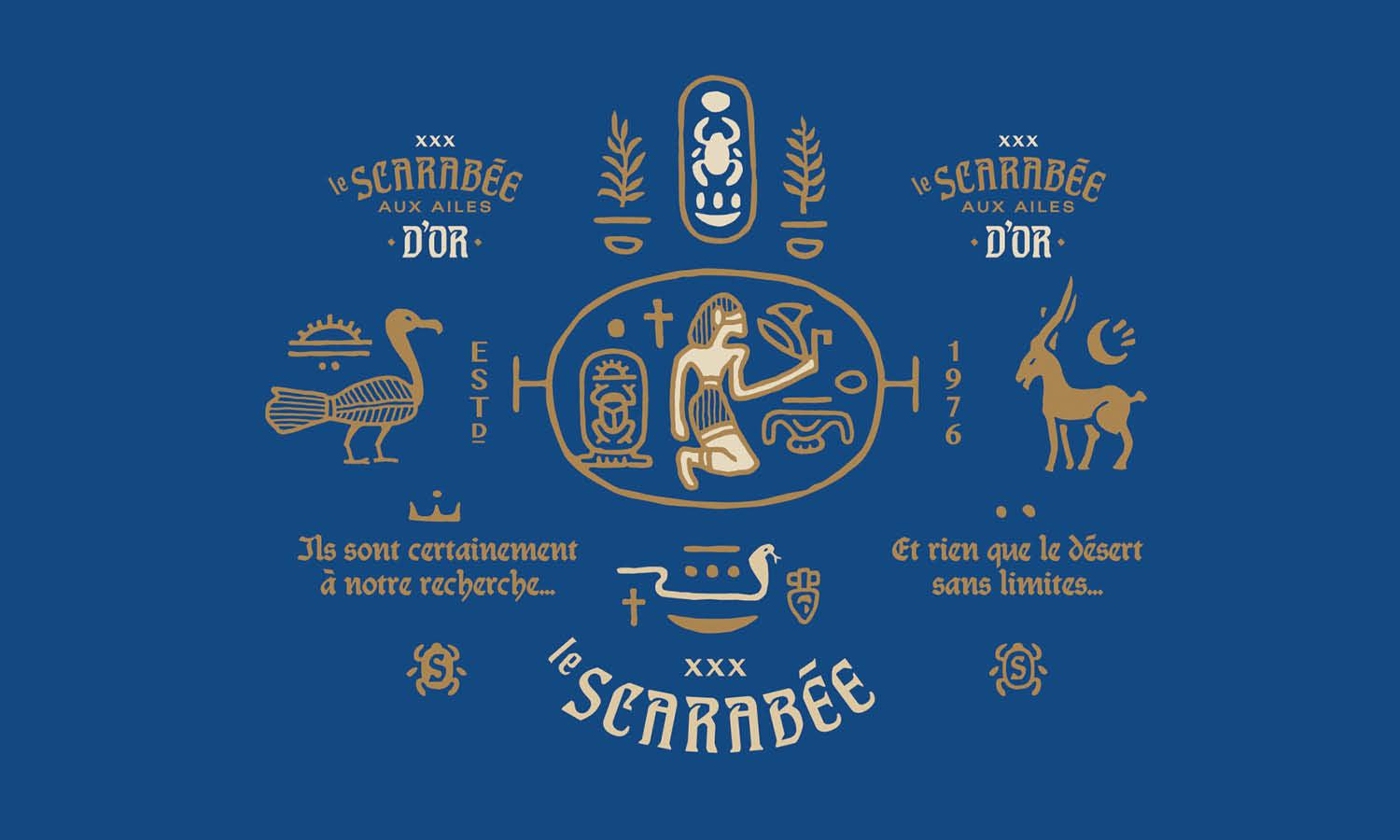

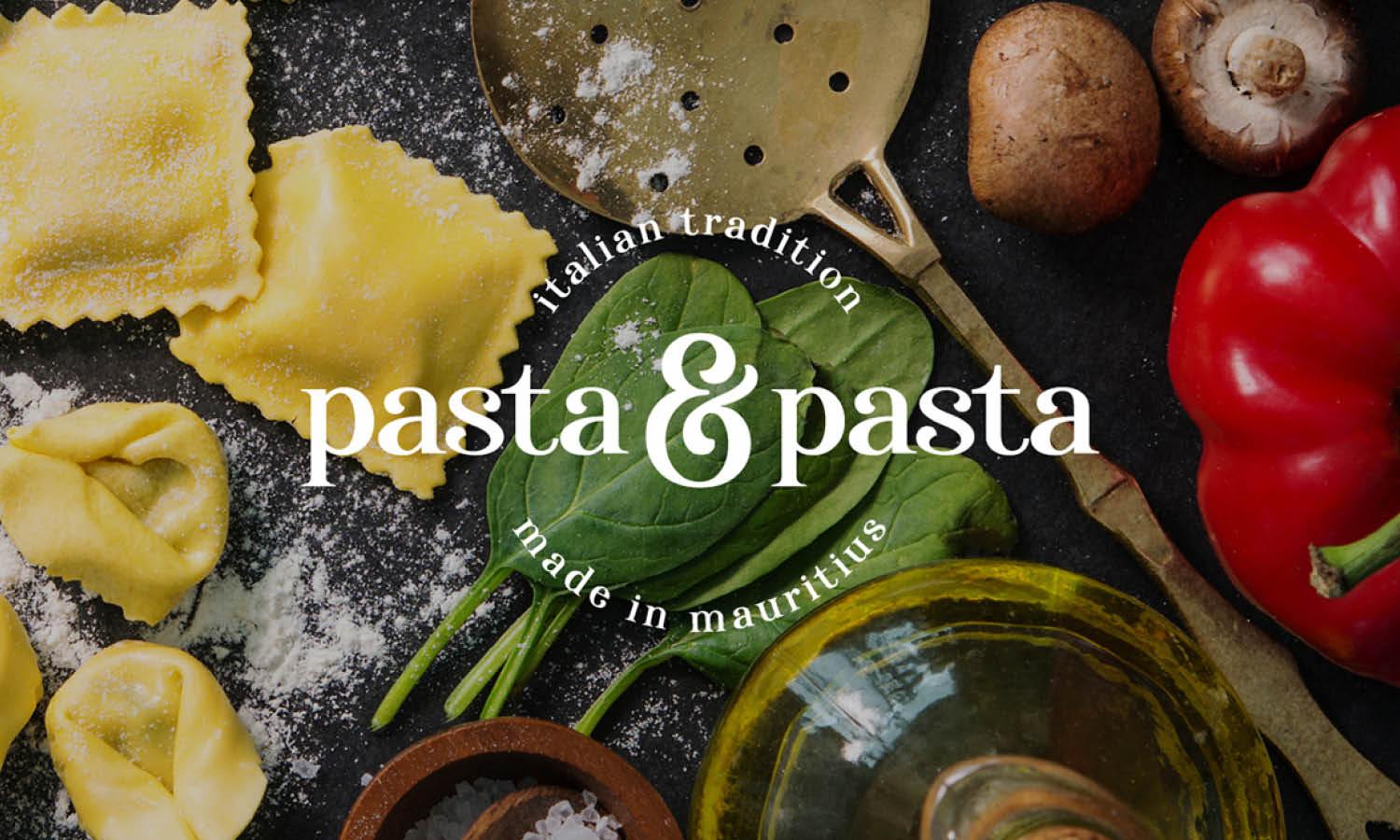
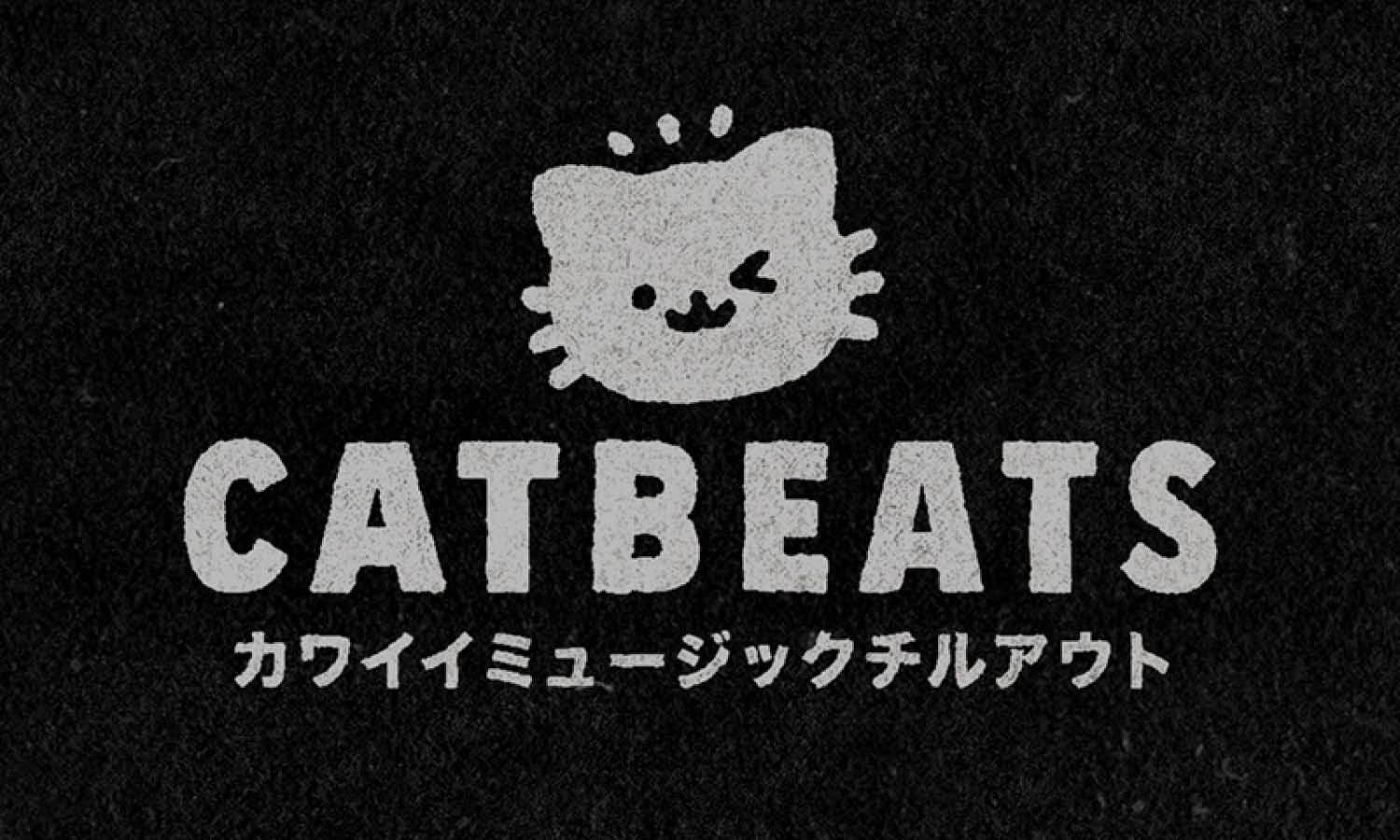

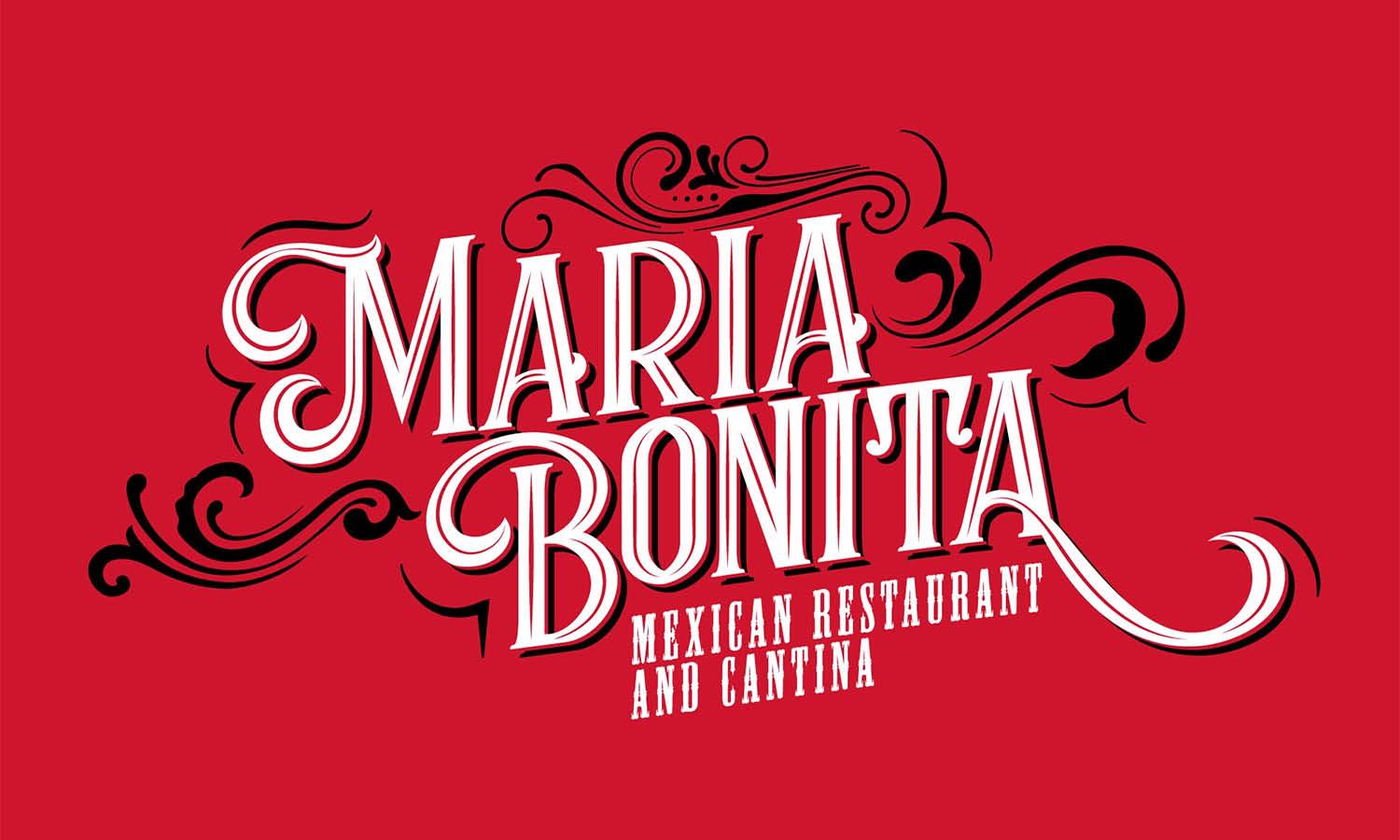

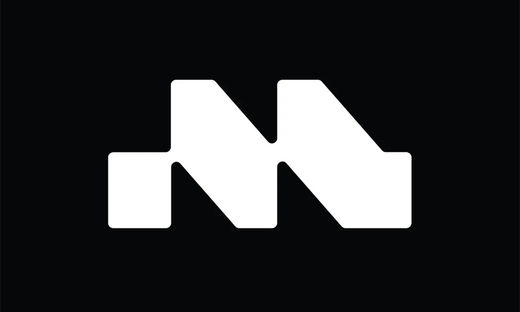
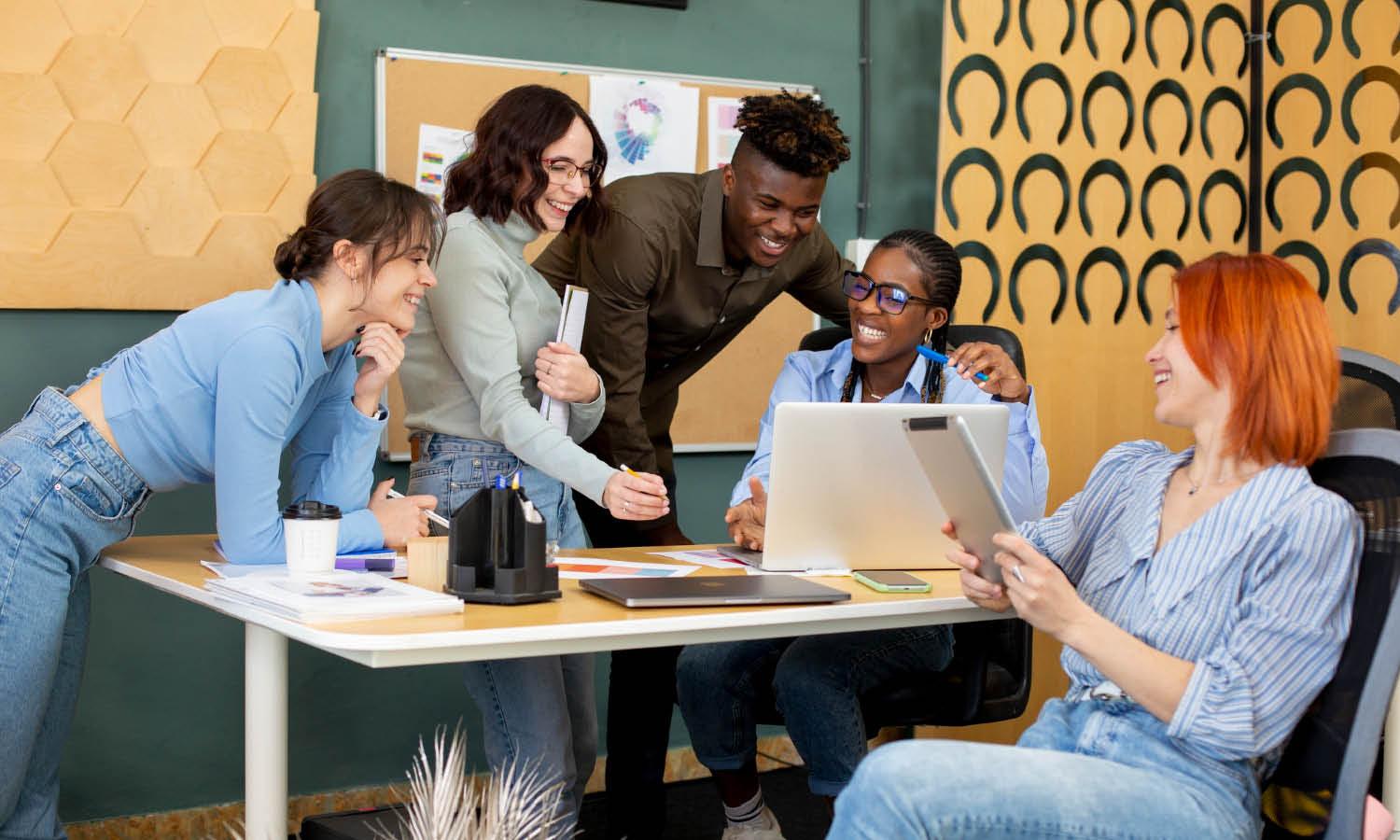





Leave a Comment